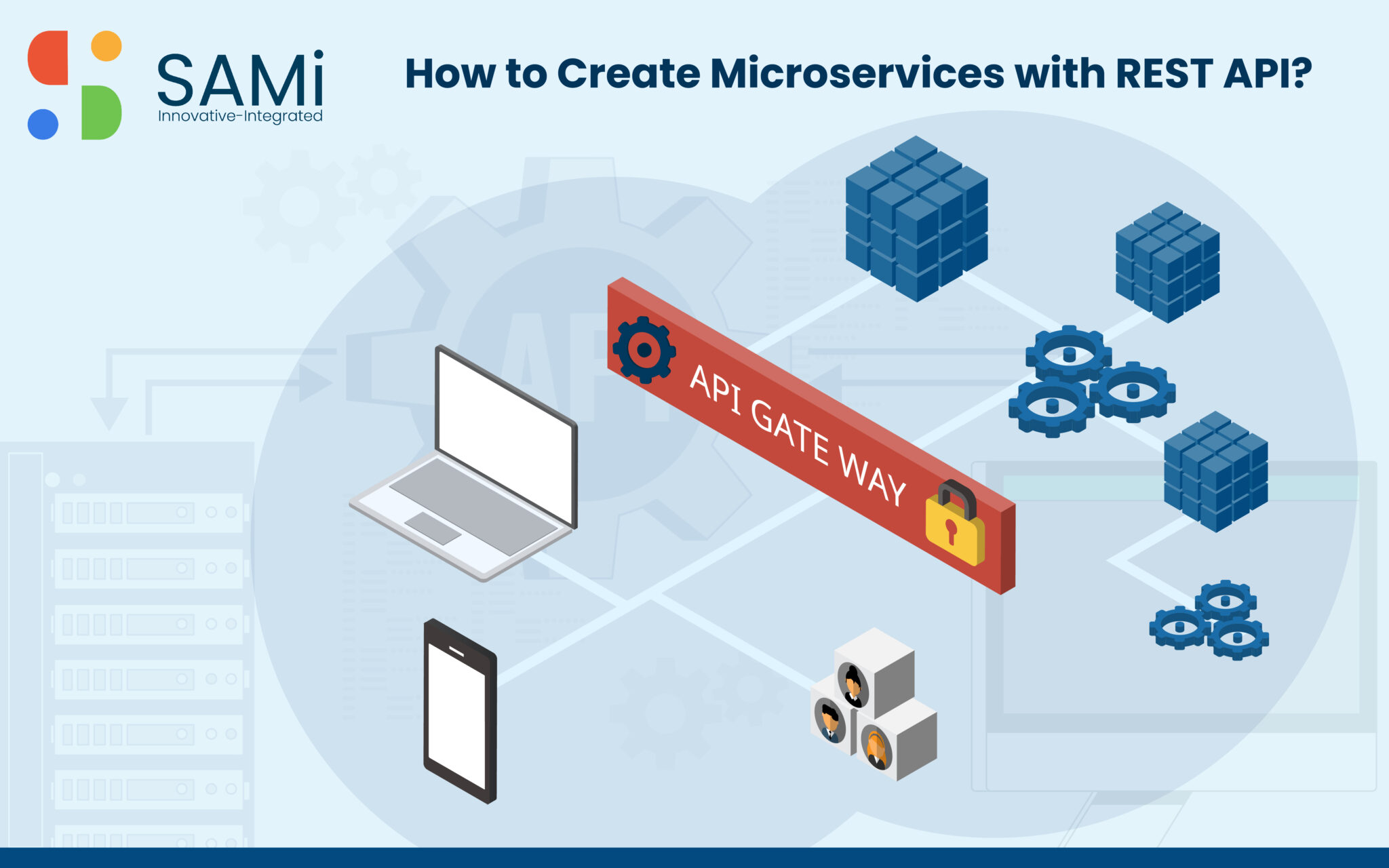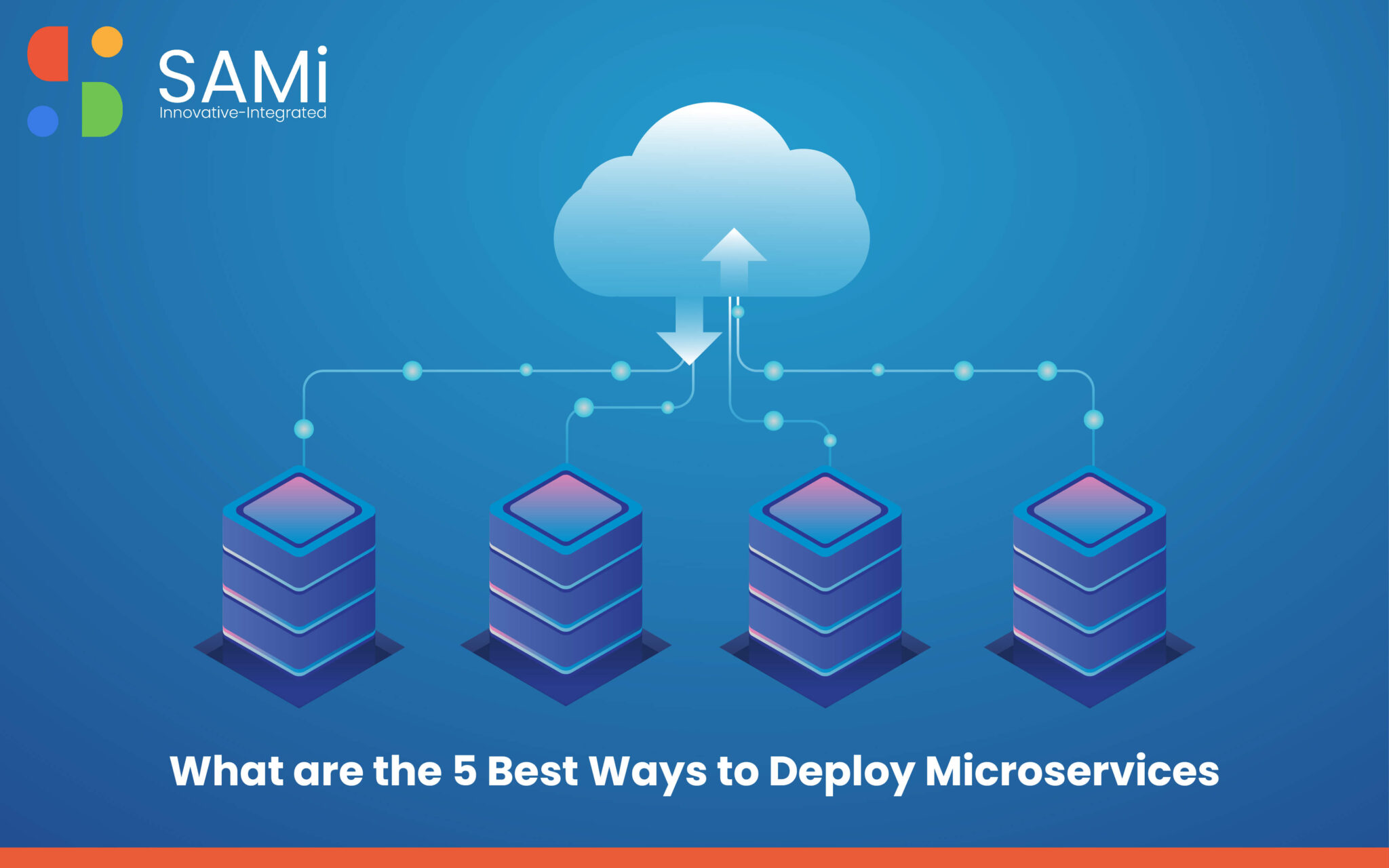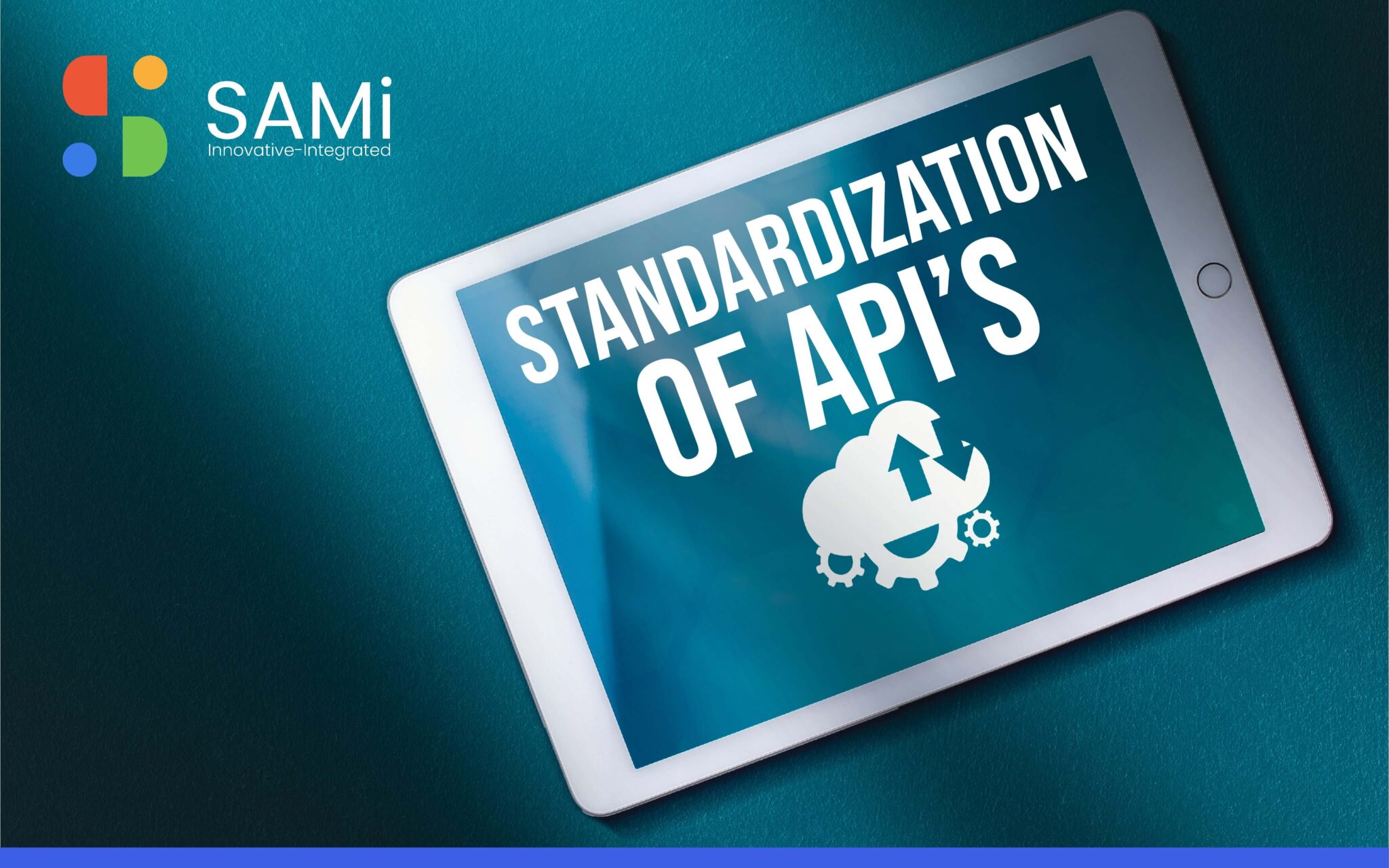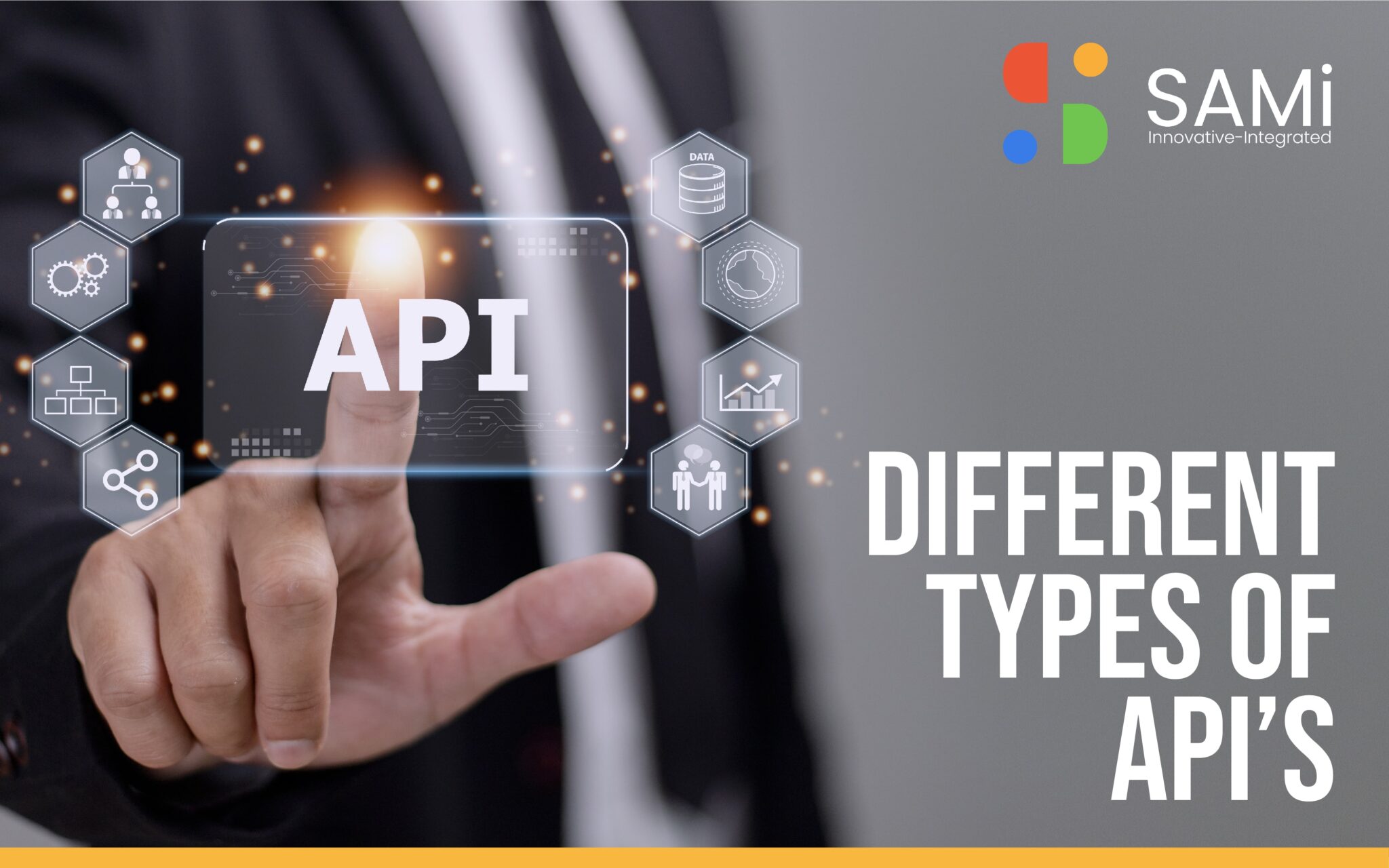These days microservices have been used to create the RESTful APIs that help communicate and interact with different applications as an interface to build certain features and also perform CRUD operations for web and mobile platform. API that follows these constraints and can be used to create web services that can be consumed by a wide range of clients, including browsers and mobile devices. Before going ahead and understanding about creating the microservices, lets us explain what Microservices and REST APIs are?
What are Microservices?
Microservices is an architectural style that structures an application as a collection of small, independent services that communicate over a network. Each service is responsible for a specific business capability and can be developed, deployed, and scaled independently. This approach can increase the scalability, flexibility, and maintainability of an application.
Also Read: 5 Best Ways to Deploy Microservices
How do you define REST API?
REST (Representational State Transfer) is a type of software architecture and a set of constraints to be used when creating web services. A RESTful API (Application Programming Interface) is an API that follows these constraints and can be used to create web services that can be consumed by a wide range of clients, including browsers and mobile devices. A RESTful API typically uses HTTP requests to POST (create), PUT (update), GET (read), and DELETE data. It’s often used with the HTTP protocol, which is the foundation of the web.
Microservices is an architectural style that structures an application as a collection of small, independently deployable services. Each service is responsible for a specific business capability and communicates with other services through lightweight mechanisms, typically an HTTP-based application programming interface (API).
REST (Representational State Transfer) is a software architectural style that defines a set of constraints to be used when creating web services. A RESTful API is an API that follows the REST architectural style and constraints. RESTful APIs use HTTP requests to POST (create), PUT (update), GET (read), and DELETE data.
In summary, Microservices architecture is a way to structure an application, and REST API is a way to expose the functionality of the microservices over the internet using the HTTP protocol.
Also Read: Effective Ways to Achieve Legacy Application Modernization
What are Microservices used for?
Microservices are used for building and deploying software applications as a collection of small, independently-managed services. These services are designed to work together to achieve a specific business goal, but can also be developed, deployed, and maintained independently. Microservices are commonly used in modern software development to improve scalability, flexibility, and resilience of applications, as well as to support continuous integration and delivery (CI/CD) practices. They are also used to enable faster and more efficient development, testing, and deployment of software, as well as to facilitate the use of different technologies and programming languages for different services.
Creating microservices with REST API involves several steps:
- Identify the specific functionality that you want to extract into a microservice. This could be a specific business process or a set of related data.
- Design the API for the microservice, including the endpoints, request and response formats, and any error handling. It is important to use REST principles, such as using HTTP methods (GET, POST, etc.) appropriately and returning appropriate HTTP status codes.
- Implement the microservice using a web framework such as Express.js or Flask. You can use a language of your choice such as Node.js, Python, or Java.
- Test the microservice by sending requests to the API and checking the response. Use tools such as Swagger, Postman or cURL to test the API.
- Deploy the microservice to a production environment, such as a cloud platform like AWS or Azure.
- Monitor the microservice to ensure that it is running smoothly and fix any errors that occur.
Also Read: 5 Application Modernization mistakes to avoid
It’s important to consider that Microservices is a pattern of designing and implementing software systems, which can be implemented using different architectures and technologies. Therefore, the specific steps and technologies used to create microservices with a REST API will depend on the requirements of your application and the environment in which it will be deployed. However, it is important to note that microservices architecture has its own set of trade-offs and challenges, like service discovery, service registration, load balancing, service orchestration, service governance and more. So, it’s important to understand these before you decide to use microservices in your application.





